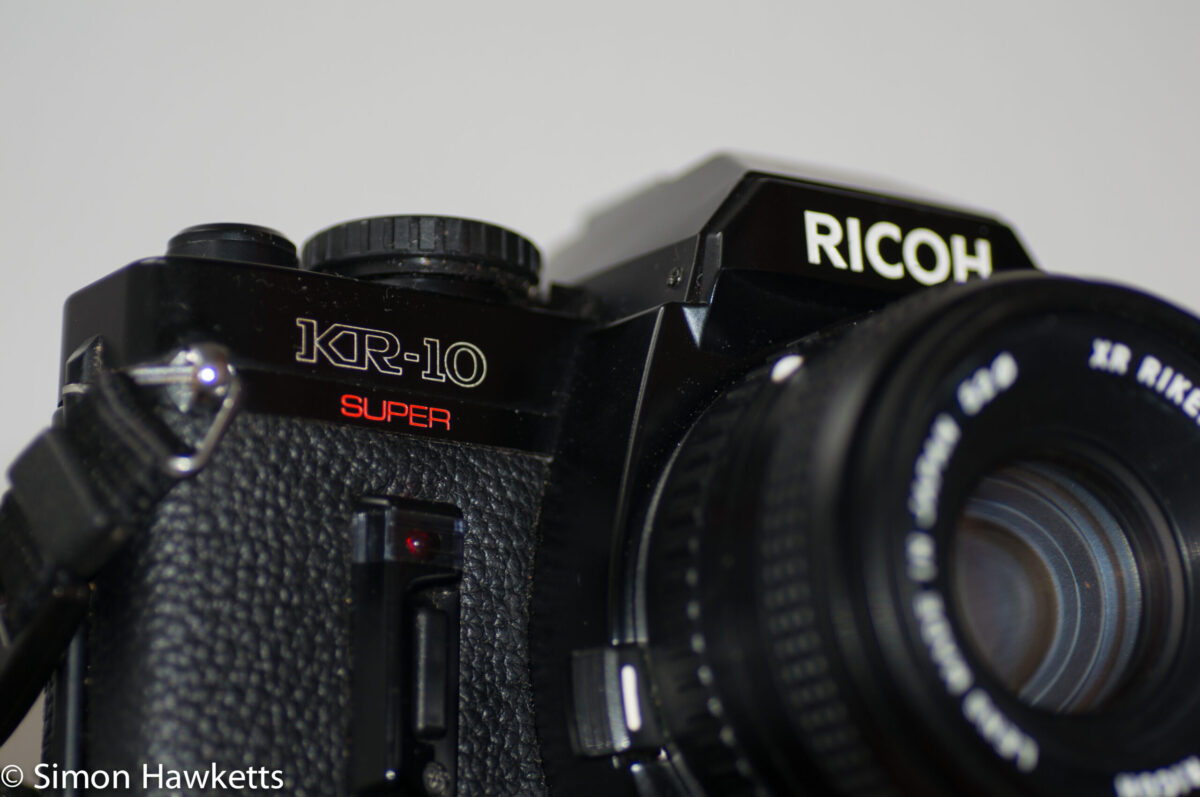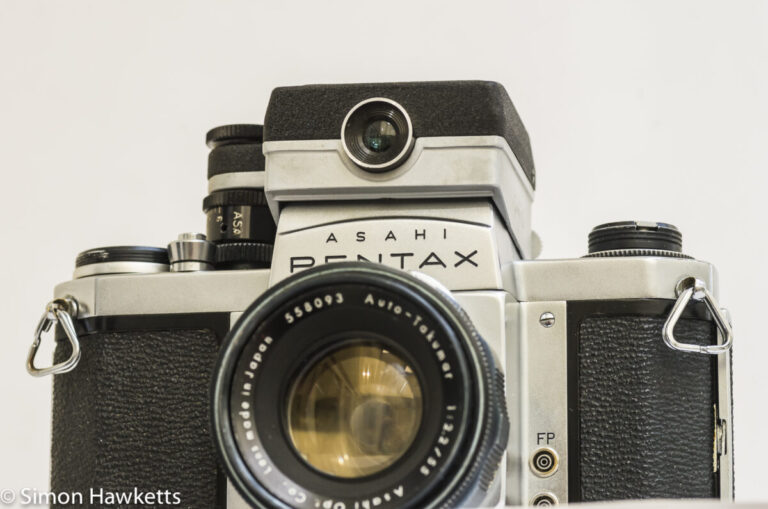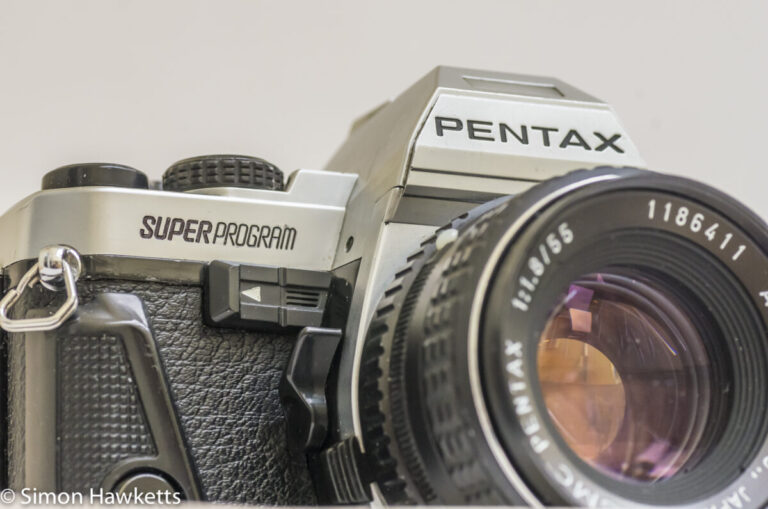Ricoh KR 10 super 35 mm SLR camera
This is my pictorial review of the Ricoh KR 10 Super, a 35 mm film camera which was manufactured for Ricoh in Japan in the early 1980s.
Ricoh KR-10 Super Images
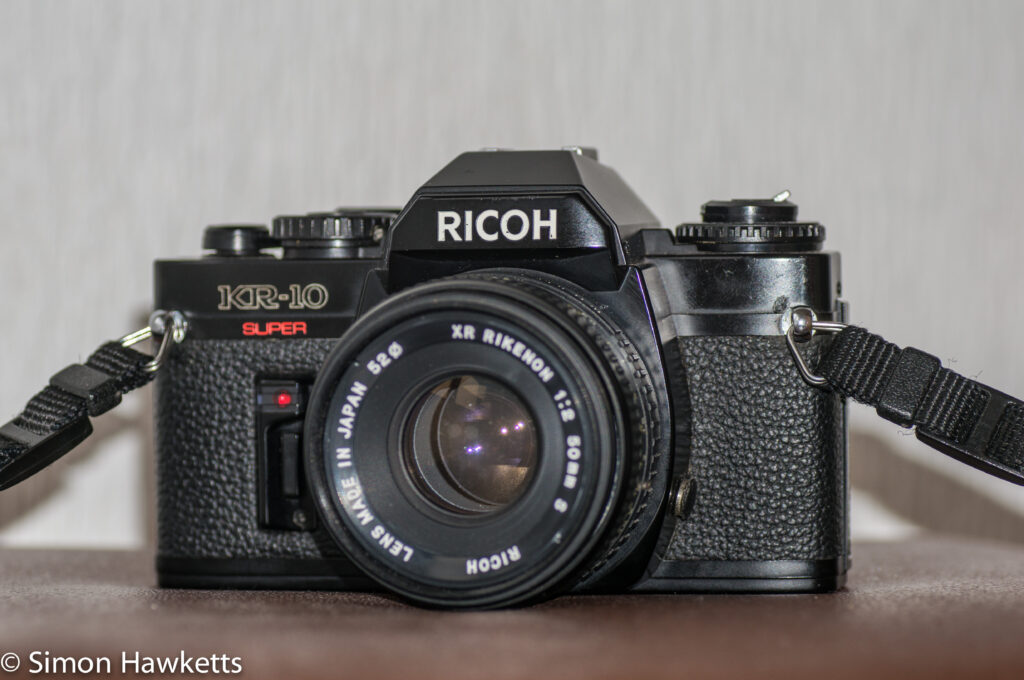
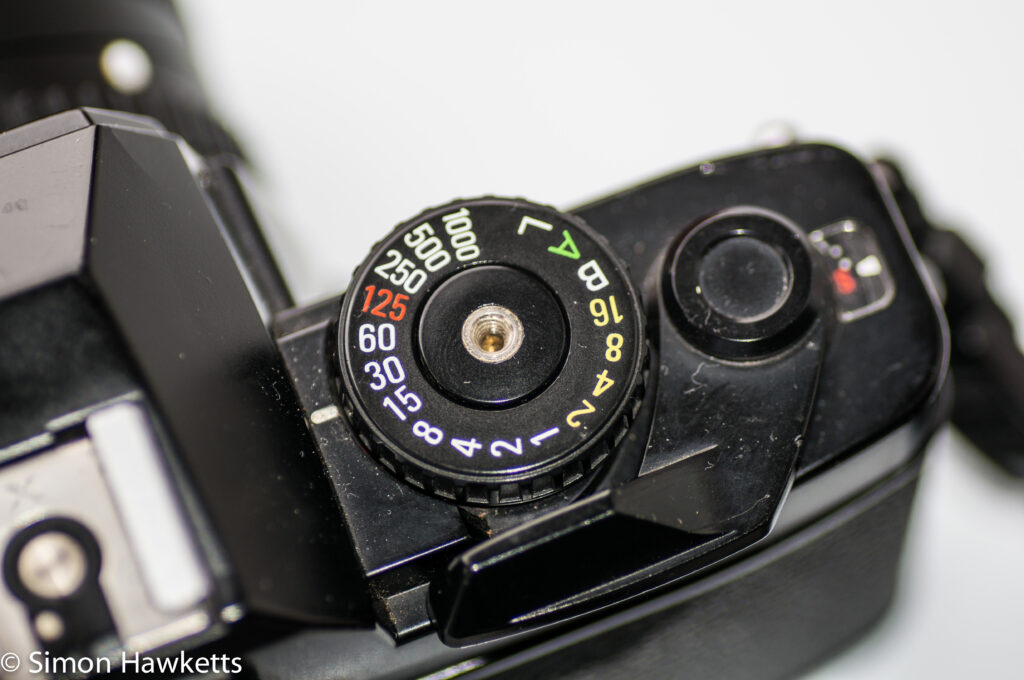
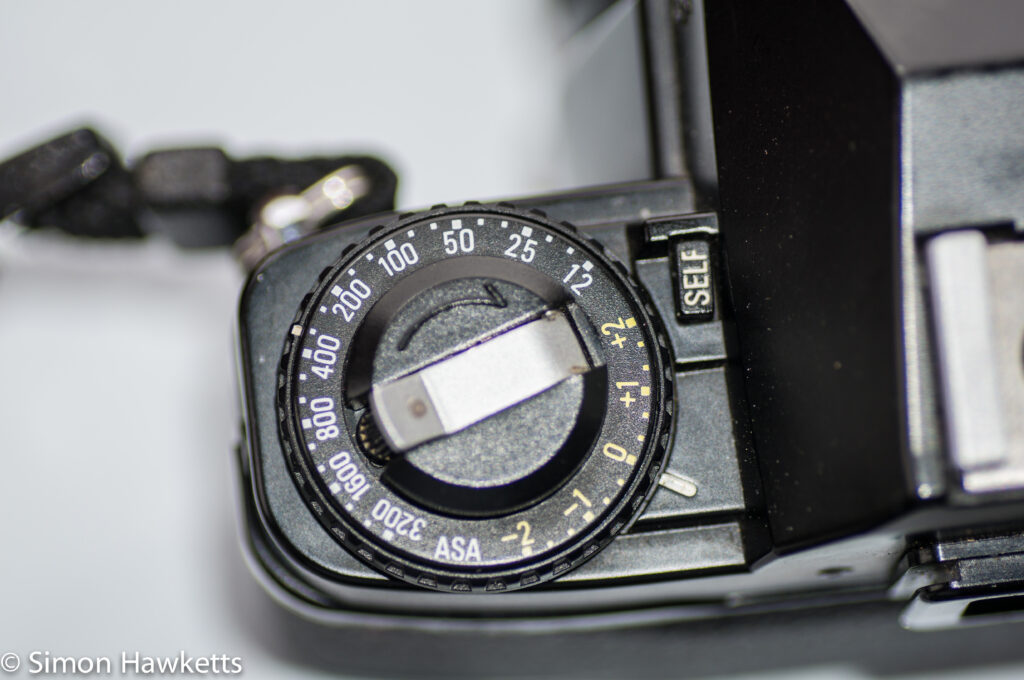
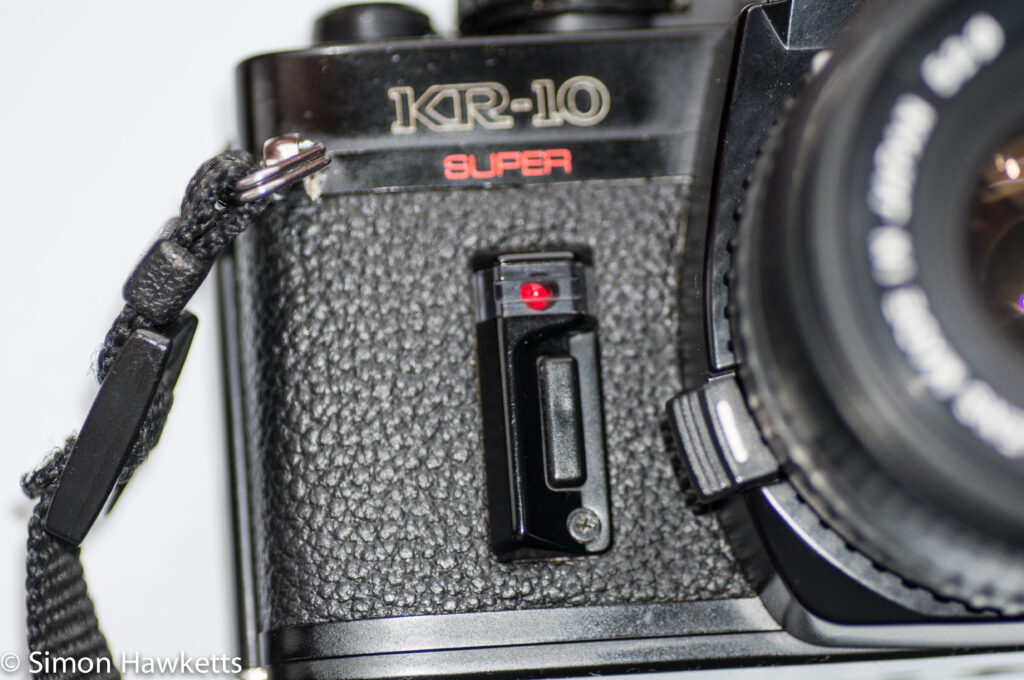
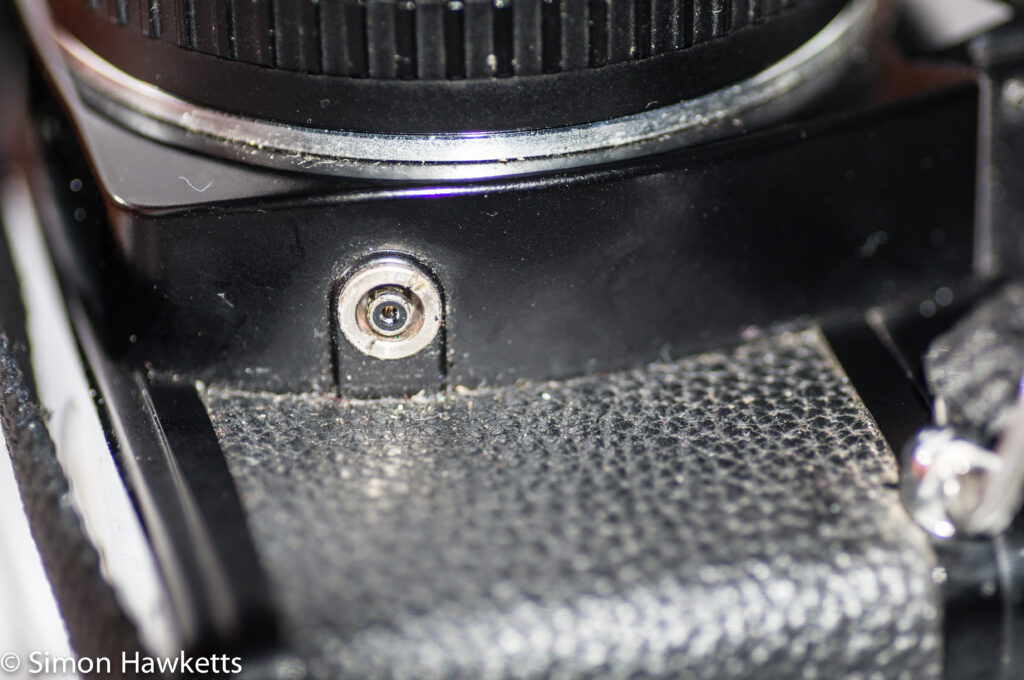
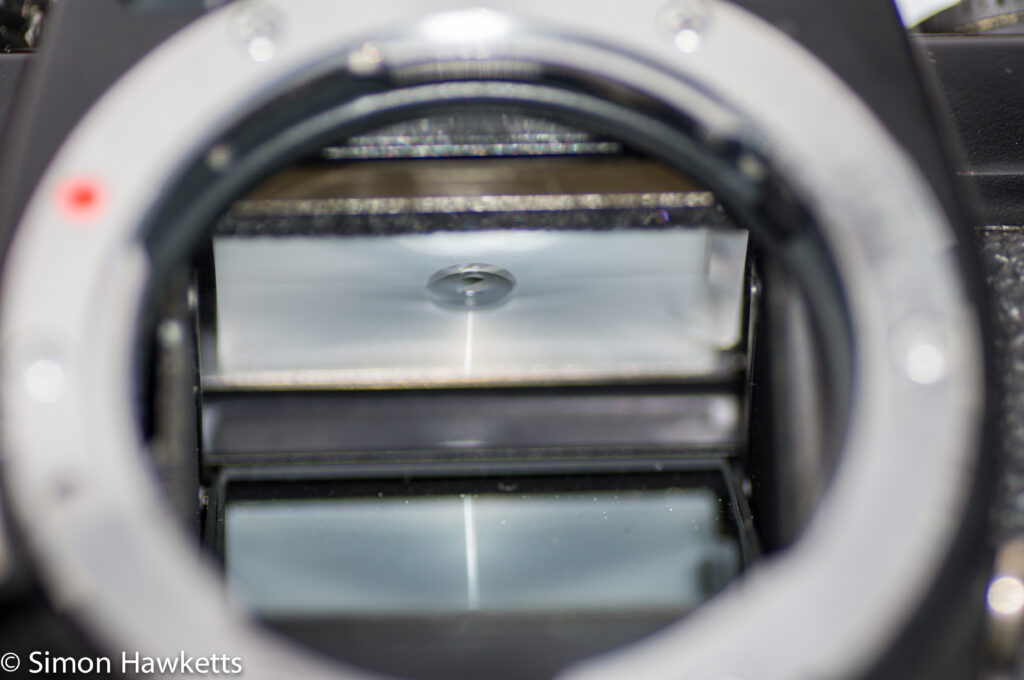
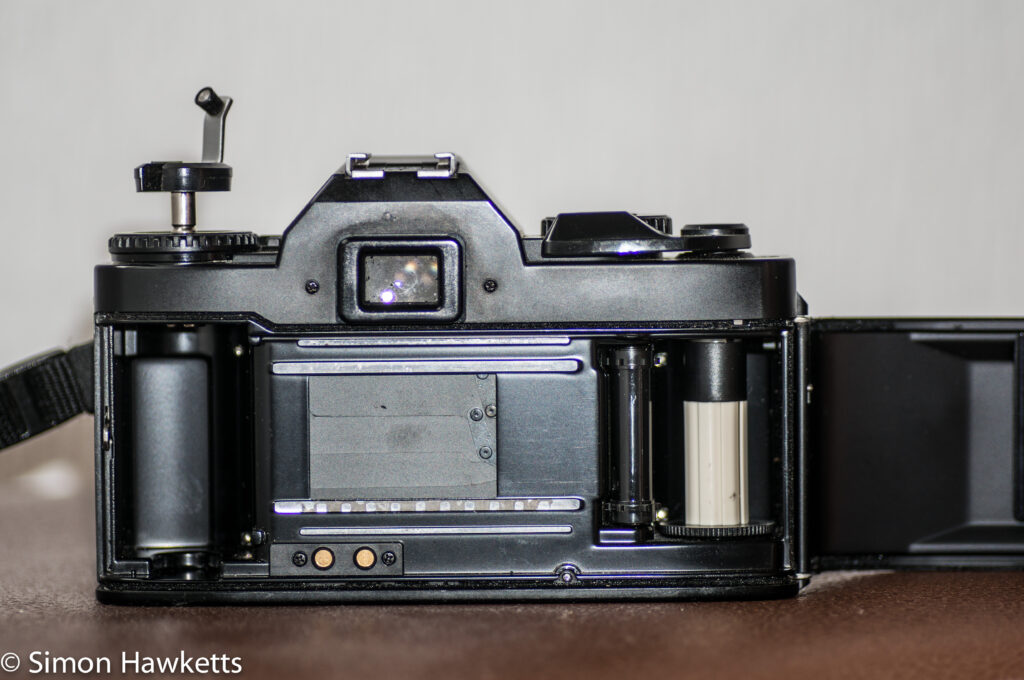
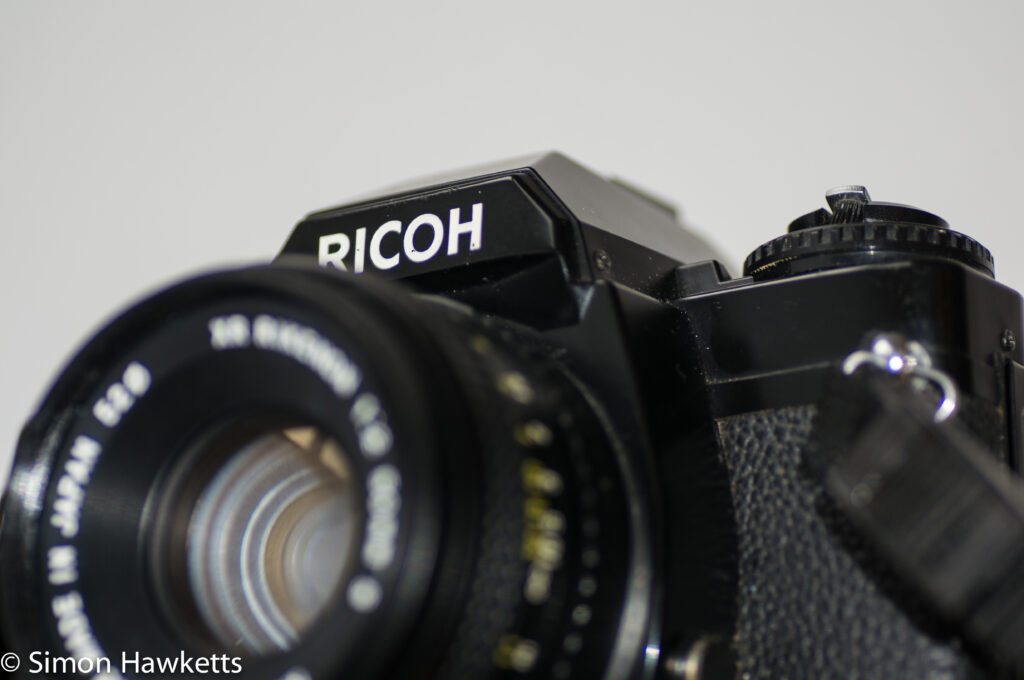
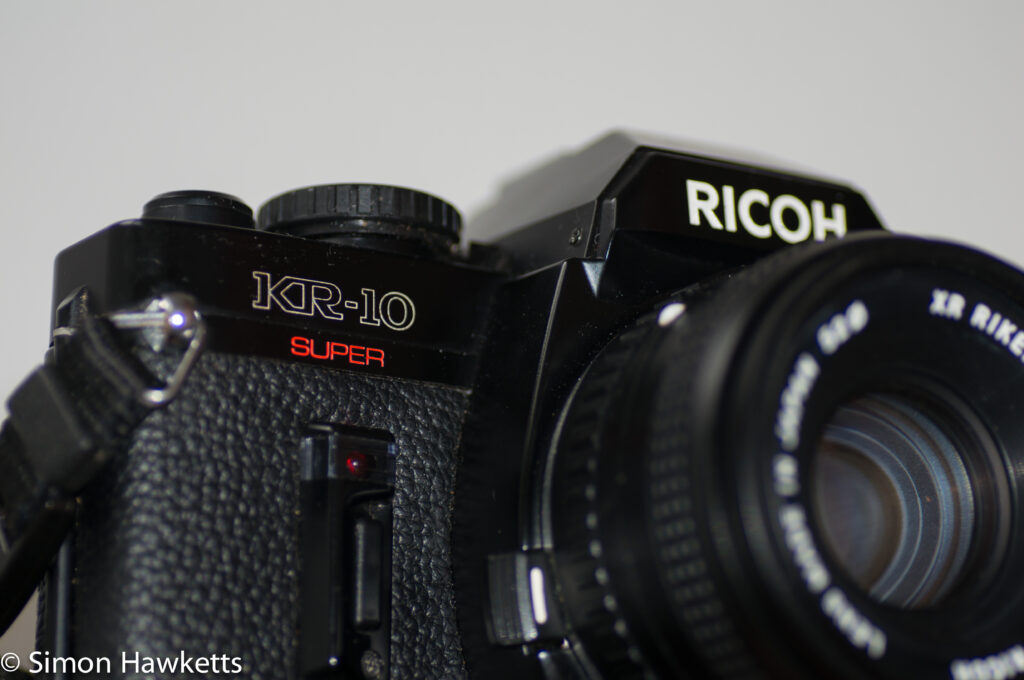
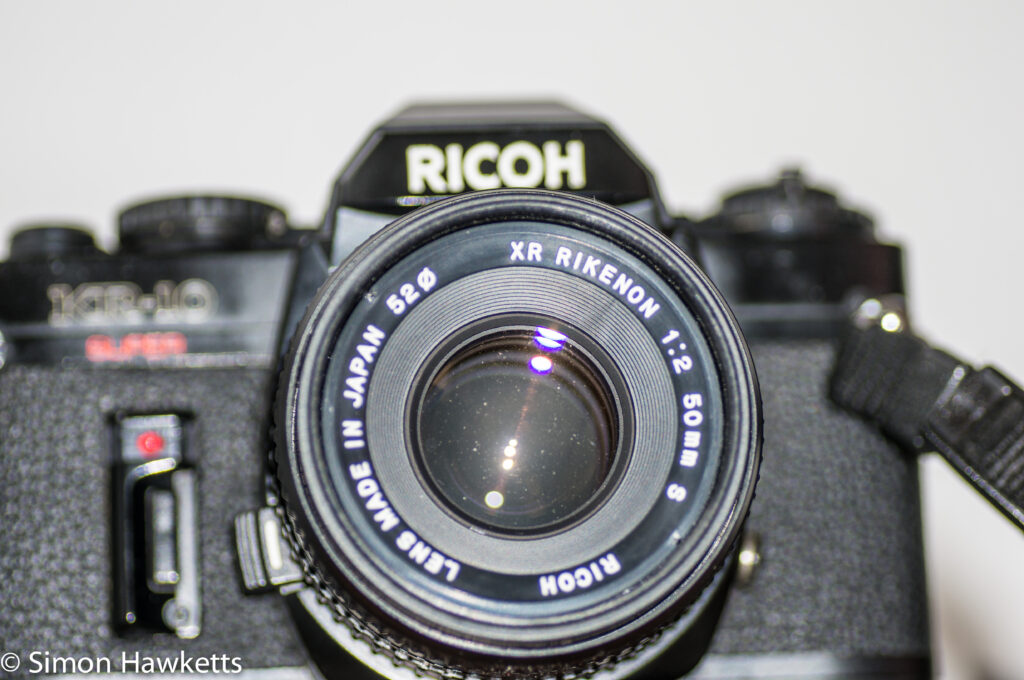
Ricoh KR-10 Super Description
In common with all Ricoh’s bayonet mount 35 mm cameras, it has the Pentax K mount fitted, which allowed a wide range of commonly available lenses to be fitted to it. My example is fitted with a Rikenon 50 mm f/2.0 lens, which I believe is the original prime lens supplied with the camera.
It’s a nice light camera which is not bogged down with lots of automation and gimmicks. The only part of the camera which is automated is the exposure, which offers simple aperture priority exposure or full manual operation. Exposure information is read in the viewfinder along the right-hand side, with an LCD showing the shutter speed selected (either by the camera in auto mode or by the photographer in manual mode). The metering is centre weighted and is powered by two LR44 batteries fitted in a small battery compartment in the bottom of the camera body.
The auto exposure operation is similar to many cameras of this era – you set the aperture required on the lens and the camera sets the shutter speed or indicates in the viewfinder if the picture will be under or over exposed. In operation, the viewfinder remains at full brightness because the aperture only stops down when the shutter is released. In order to compensate for a scene which would be incorrectly metered, + or – 2 stops of exposure compensation can be added.
If manual mode is selected, the camera will indicate in the viewfinder if the exposure will be under or over exposed, so it’s still possible to use the camera’s light meter to set the correct exposure.
This is the only camera I own which has such a wide range of shutter speeds available, in fact, I have never seen another camera which has a 16-second shutter speed!
The viewfinder has the usual 45 degree split rangefinder focusing aid in the centre and a surrounding microprism area to assist with focusing. I always think it’s a shame in these days of autofocus that these features are not included in modern cameras – other than the focus peaking on my Sony Nex and Ricoh GXR, this is the best way to ensure manual focus is correctly achieved in my opinion.
As I said above, the lens fitted to this camera is a Rikenon 50 mm f/2.0 prime lens. The quality seems to be what you would expect for a prime lens fitted to a camera as a standard lens, but it’s reasonably bright at f/2 and at least has a metal mount, fits well and is smooth enough in operation. The aperture stops are whole stop clicks, and the focusing is reasonably smooth. The minimum focusing distance marked on the lens is about 2 feet, and my tests on my NEX 6 suggests this is accurate.
Ricoh KR 10 super specifications
- Auto and manual metering (as described above)
- Separate exposure measuring button
- +/- 2 stops compensation in 1/3 stop increments
- Exposure information shown in viewfinder
- 1/1000 to 16 sec shutter speed + B
- 10 second self timer
- ISO 12 to 3200
- Cable release
- Hot shoe + flash sync socket
- Flash sync at 1/125
- Centre mounted tripod bush
- Pentax M mount
- Rikenon 50mm f/2.0 lens
- Vertical focal plane shutter
- Manual available on line here
Image Quality
I have not tried a film through this camera, but in my opinion the quality of all film cameras come down to three things
- The accuracy of the metering/exposure system
- The film loaded into the camera
- The quality of the lens
One way to get an idea of the quality of the images the camera will produce is to try the lens on a digital camera, so that is what I’ve done. The pictures below were taken in my mothers-in-law garden using this camera’s lens fitted to my Sony NEX using a suitable adapter. Like all lenses, it benefits from being stopped down a couple of stops, but it’s by no means horrible on this crop-sensor camera.
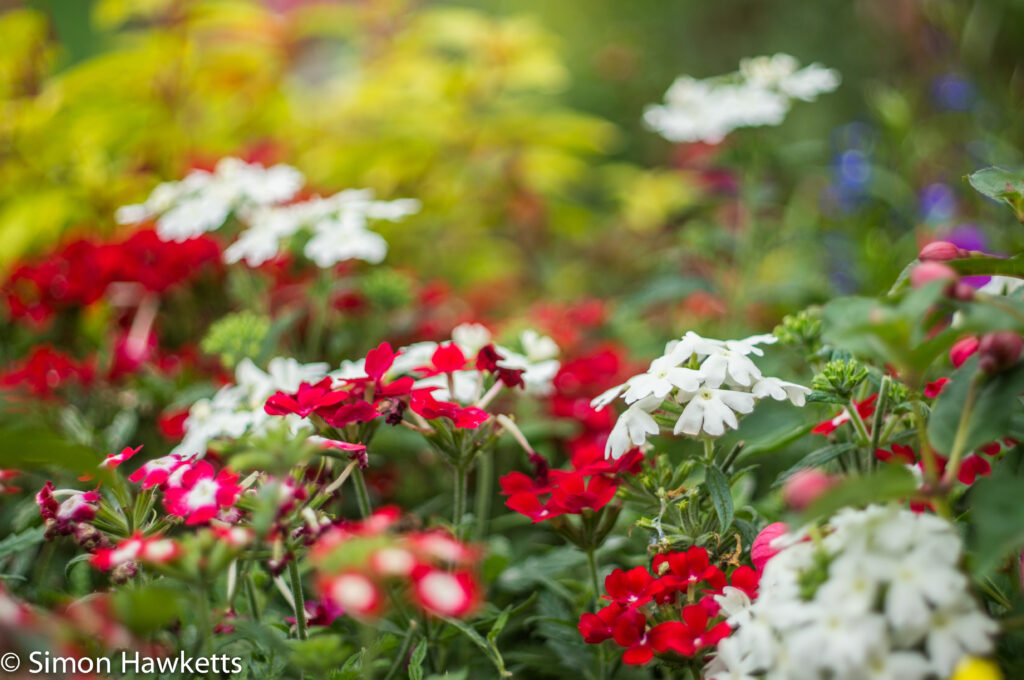
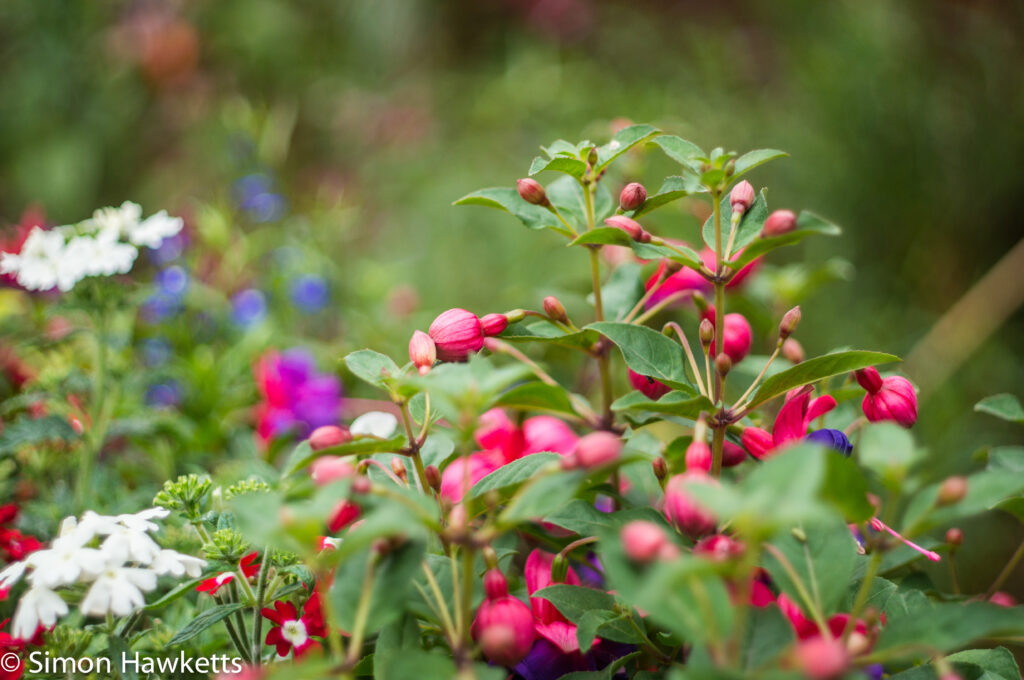
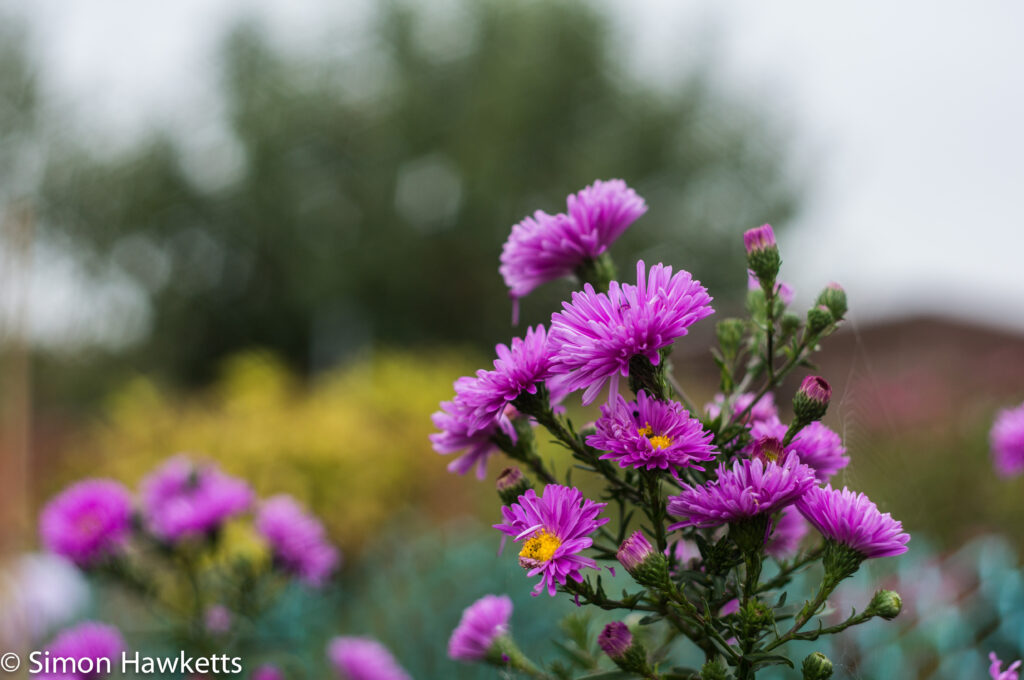
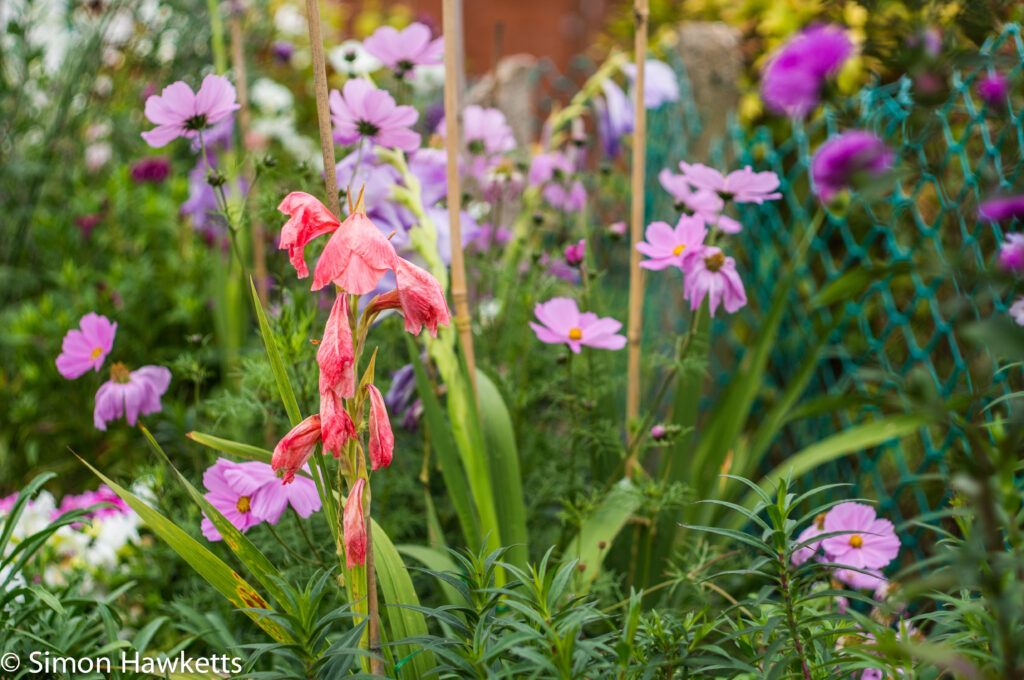
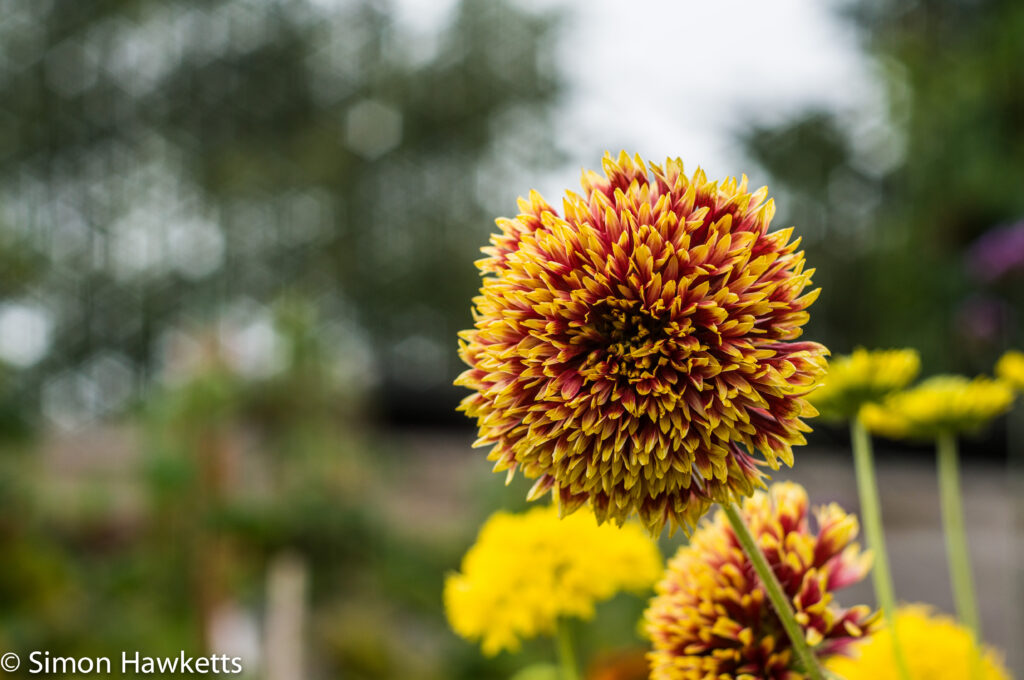
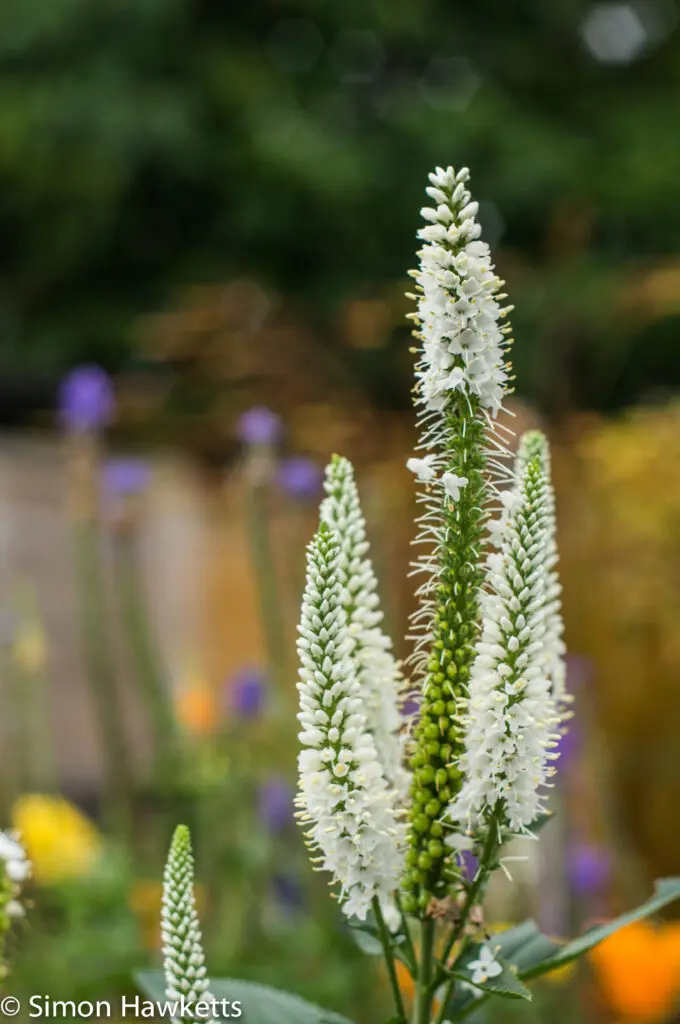
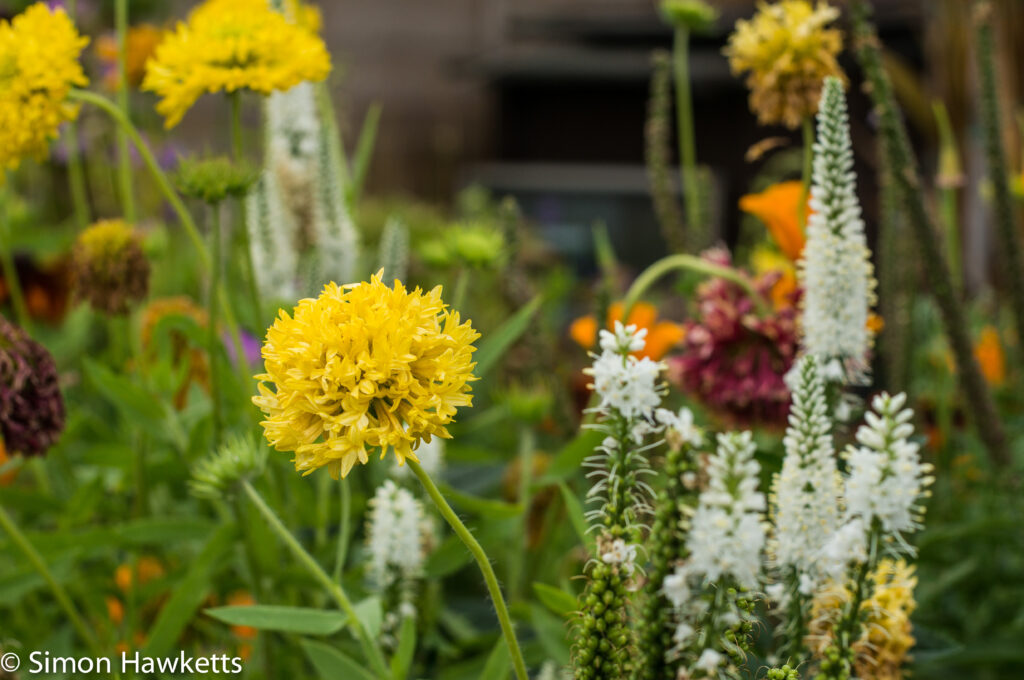
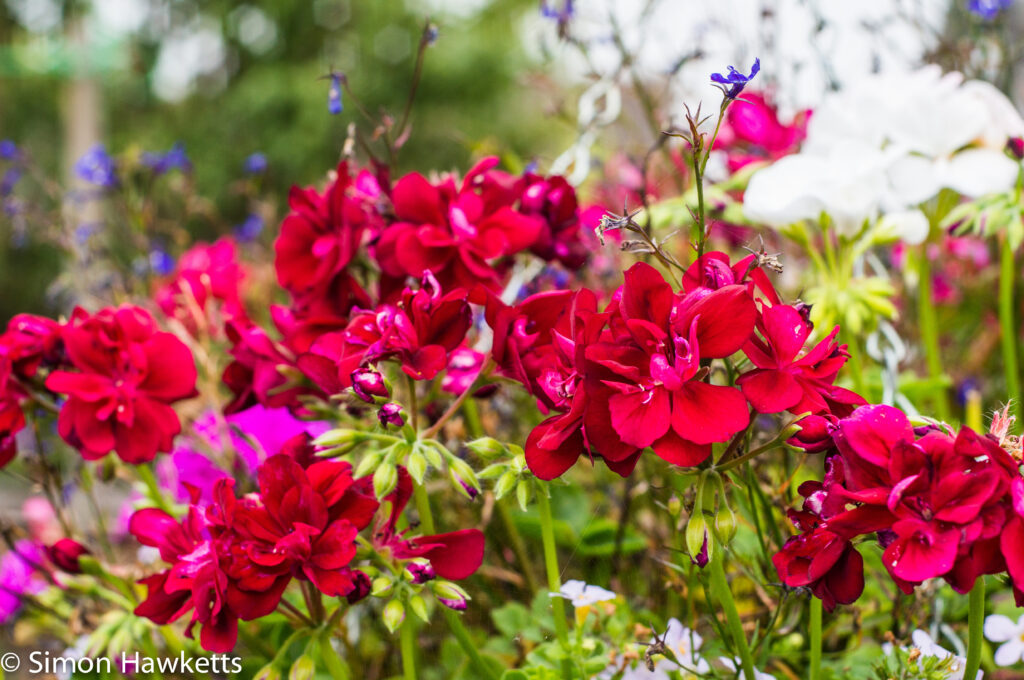
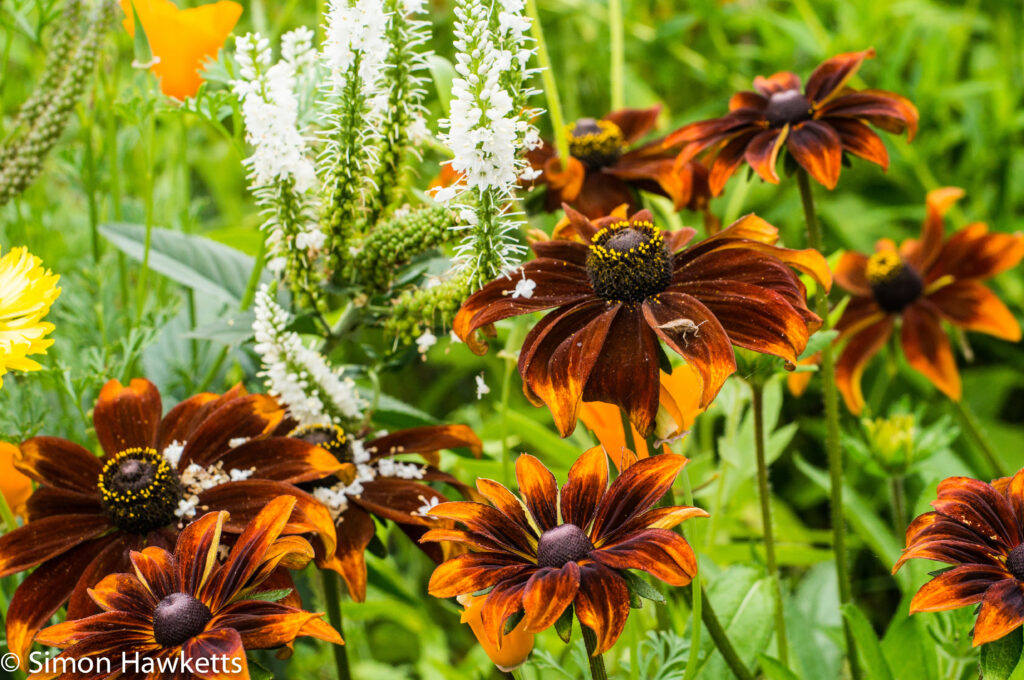
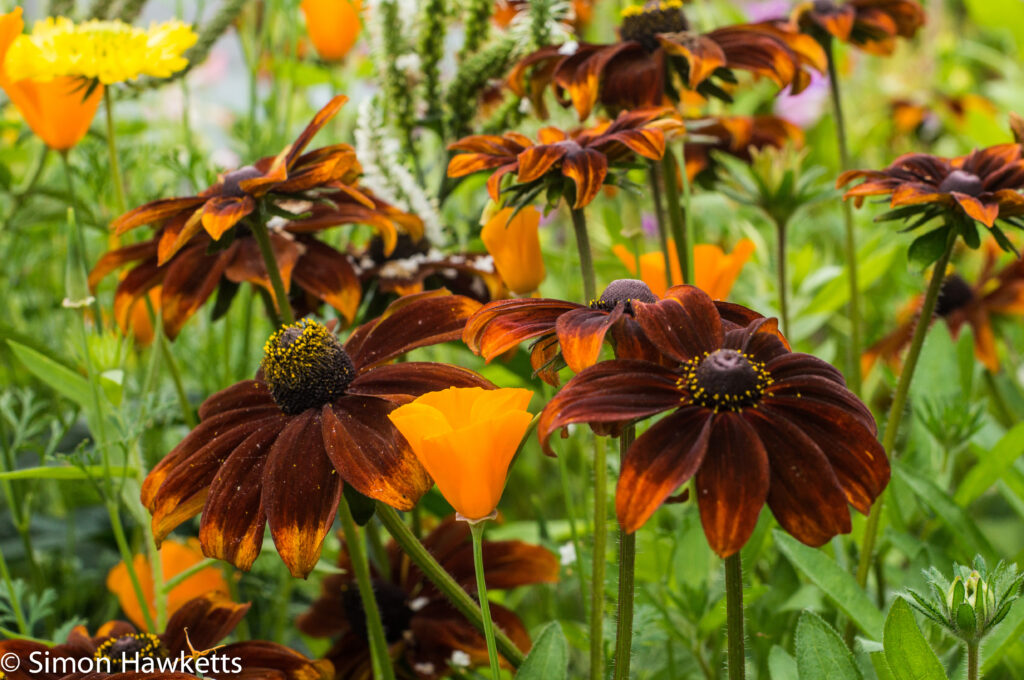
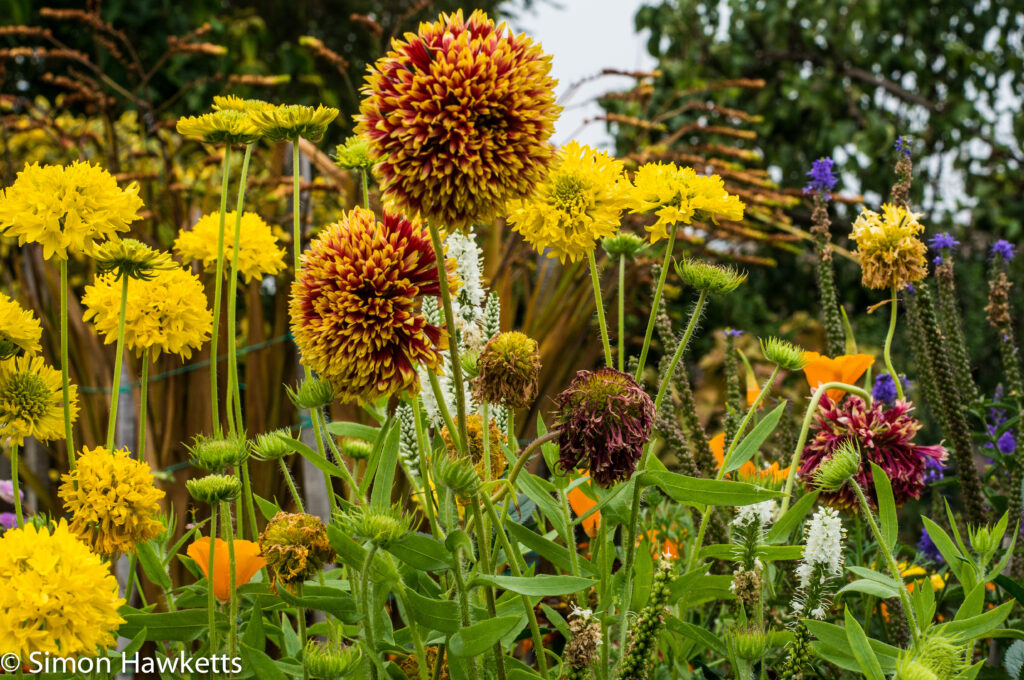
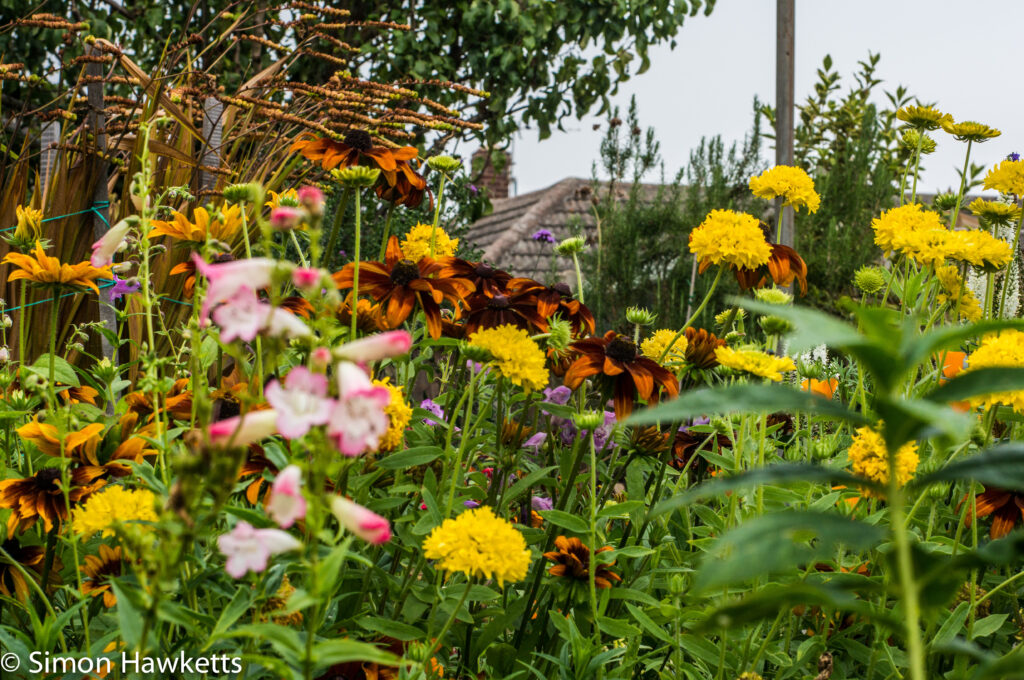
Discover more from Everything Vintage
Subscribe to get the latest posts sent to your email.

